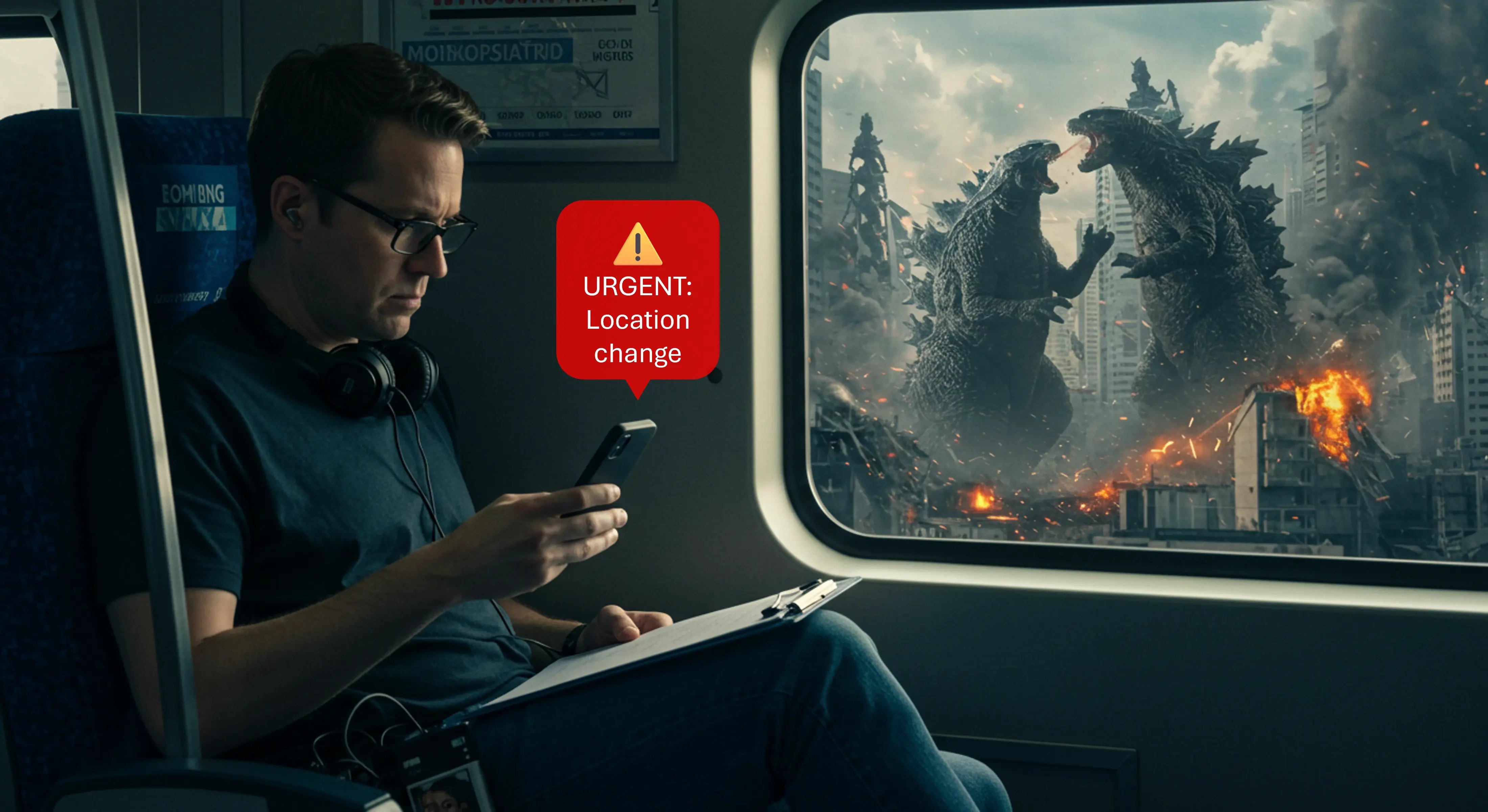
Why Casting Teams Need More in Today’s TV Landscape

The casting process has always been a crucial part of television production, but in today’s fast-moving entertainment landscape, it's no longer just about finding the right talent. Casting teams are under increasing pressure to manage complex workflows, communicate across multiple departments, and handle fast turnarounds - all while maintaining pinpoint accuracy and full visibility. What once could be done with a casting call, a few headshots, and a spreadsheet has evolved into an intricate web of logistics, technology, and collaboration.
The Evolving Role of the Casting Team
Modern television productions are bigger, faster, and more global than ever. Whether it’s a high-end drama series, a reality competition, or a multi-location docuseries, the demands placed on casting teams have grown exponentially. They're not just sourcing talent - they're onboarding contributors, coordinating with legal and production teams, and keeping execs up to speed in real time.
This expanded scope of responsibility requires tools that go far beyond a single-use casting platform. Traditional methods - email chains, scattered spreadsheets, and disconnected apps - don’t cut it anymore. In fact, they slow teams down, cause miscommunication, and increase the risk of duplicated efforts.
The (Not Always Obvious) Cost of Inefficiency
Here’s what outdated casting workflows often lead to:
✖️ Duplicate data entry that wastes time and invites human error.
📫 Missed communications buried in long email threads.
👫 Delays in securing your cast due to poor coordination.
💰 Extra admin staff hired just to keep up with the chaos.
😣 Loss of oversight, making it harder to see who’s where in the process.
These inefficiencies don’t just cost time - they cost money, and in a production environment where every day counts, they can make or break a project timeline.
What Today’s Casting Teams Really Need
To meet the demands of modern production, casting teams need tools built for speed, scale, and seamless collaboration. Here's what that looks like:
✅ Faster Onboarding: Automated workflows to get talent from "approved" to "on set" with minimal manual input.
✅ Real-Time Updates: Everyone from casting to compliance to editorial knows the status of every contributor, instantly.
✅ Full Visibility: Dashboards and timelines that show the whole casting journey at a glance - no more guesswork.
✅ Centralized Communication: Keep all notes, documents, and updates in one place, not in disconnected inboxes.
✅ Integrated Workflows: No more copy-pasting between platforms. One source of truth for everything from applications to contracts.
The Bottom Line...
The future of casting in television isn’t about doing more with less - it’s about doing more with smarter tools. As productions scale up, casting teams can’t afford to rely on outdated systems or patched-together platforms. They need robust, purpose-built solutions that reduce friction, eliminate duplication, and unlock time for what really matters: finding the right people, telling better stories, and getting the show on the road - faster.

